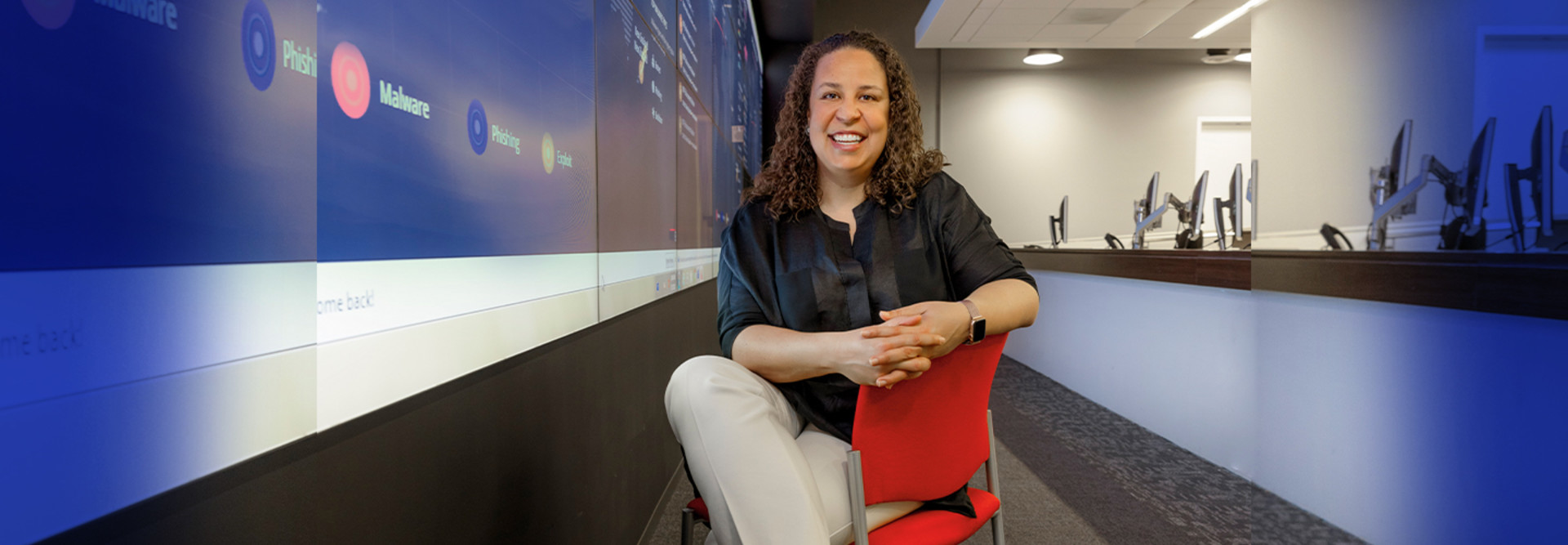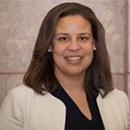STATETECH: Did this cooperative atmosphere bolster working from home?
PARKER: Before the pandemic, on any given day, we might have seen 10 percent of our users working remotely. Now, it’s upward of 63 percent. We know that people are working and they’re doing it securely. We immediately set up a portal at remote.dc.gov with information about how to collaborate and how to utilize some of the tools that we’re asking folks to use, even some of the low-code options that we were giving people to digitize processes that they never thought they’d ever have to. We also provided an easy way for everyone to download VPN clients if they didn’t have them. We did all of that in about three weeks’ time. Prior to COVID-19, I would have received a plan that would have taken a year and a half to implement.
STATETECH: Can you describe what was involved in the district’s initiative to combat COVID-19 from an IT perspective?
PARKER: I like the idea that the National Association of State Chief Information Officers has put out the notion of a CIO as a broker. We asked partners to submit good ideas to covid19ideas.dc.gov. We got a huge response, and we were able to go through the ideas and find some things helpful to our agencies and our customers in responding to the pandemic.
In the case of these larger solutions that we’ve worked on with DC Health over the past year, we made a calculated decision to make sure that we weren’t building internally and made the decision early on to utilize third parties. It was a good example of us being that broker between the business drivers at DC Health and the actual development team at Microsoft. When we were setting up mobile testing sites, Microsoft’s team helped build an app that allowed residents to register for a test and then get the results. And with that relationship, we were able to test more residents per capita than any other jurisdiction in the country.
We took the lessons learned from the mobile testing solution and worked with Microsoft to build out the vaccine solution. The application wasn’t ready at the beginning, but we’ve done a lot to improve it — we iterated accordingly. That’s my hope for my entire team and all of our solutions: continuous improvement. Right now, adults can preregister at vaccinate.dc.gov.
We’ve spun up 16 call centers as well. We have heavily relied on Amazon Connect and its superhelpful workflow. We have a call center that can serve customers through interactive voice response. The call centers are part of a multipronged response to COVID-19, because we recognize that the private sector doesn’t always understand local government.
STATETECH: Could you speak to the value of your participation at the NASCIO midyear conference, particularly given Washington, D.C.’s unique status as a city and a federal jurisdiction?
PARKER: It’s a good gut check. Am I heading in the right direction? Am I thinking about things that are top of mind for my peers?
I was recently preparing testimony to deliver to the D.C. Council, and I consulted NASCIO’s most recent CIO survey. Another state CIO commented that the governor and so many of the legislative and executive leaders only recently discovered that the CIO is not simply the computer guy.
NASCIO brings this whole level of understanding that the CIO enables the business of government. That’s something the private sector arguably figured out more than 10 years ago, but the public sector has just figured it out only in the past year.
We now see our business leads cooperating more with us. NASCIO helps to elevate that conversation, and I couldn’t be prouder to be recognized as a state CIO.












